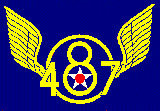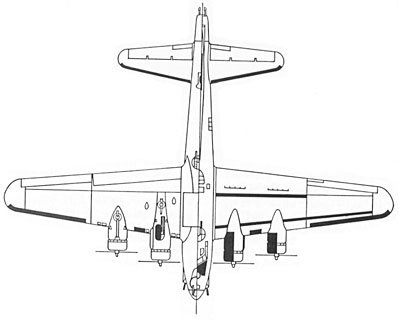 |
|
 |
|---|
Boeing B-17G
"Flying Fortress"
In 1934, Boeing began construction of a four-engined heavy bomber that was to be entered in an Army Air Corps competition that called for twin-engine bomber designs. Designated the Boeing Model 299, the aircraft was introduced to the public in 1935. In a story about the unveiling, a reporter stated that the aircraft, which bristled with guns, appeared to be "a flying fortress." The name stuck. In January 1936, the Air Corps ordered 13 Model 299s, which it designated the YB-17 "Flying Fortress." Thus began what may be the greatest of aircraft legends.
The B-17 went through several major modifications during its lifetime. The B-17G was the final major version. By the time the G model was developed in September 1943, the Fortress had already built for itself a legendary reputation for taking phenomenal amounts of damage and still returning to friendly territory. The G model continued, and added to, the legend. It was the largest production variation - of the 12,725 B-17s manufactured, 8,680 were G models.
Wing span: 103 feet, 9 inches
Length: 74 feet, 4 inches
Height: 19 feet, 1 inch
Engines: 4 supercharged, 1,200 horsepower Wright R-1820-97 Cyclones
Top speed: 287 mph at 25,000 feet
Cruise speed: 182 mph
Range: 3,400 miles
Service ceiling: 35,600 feet
Empty weight: 36,135 pounds
Gross weight: 55,000 pounds
Maximum fuel load: 3,630 gallons
Crew: 10 (pilot, co-pilot, navigator, bombardier, engineer, radio operator, 4 gunners)
Maximum bomb load: 6,000 pounds
Defensive armament: Thirteen .50 caliber machine guns with 6,380 rounds of ammunition


